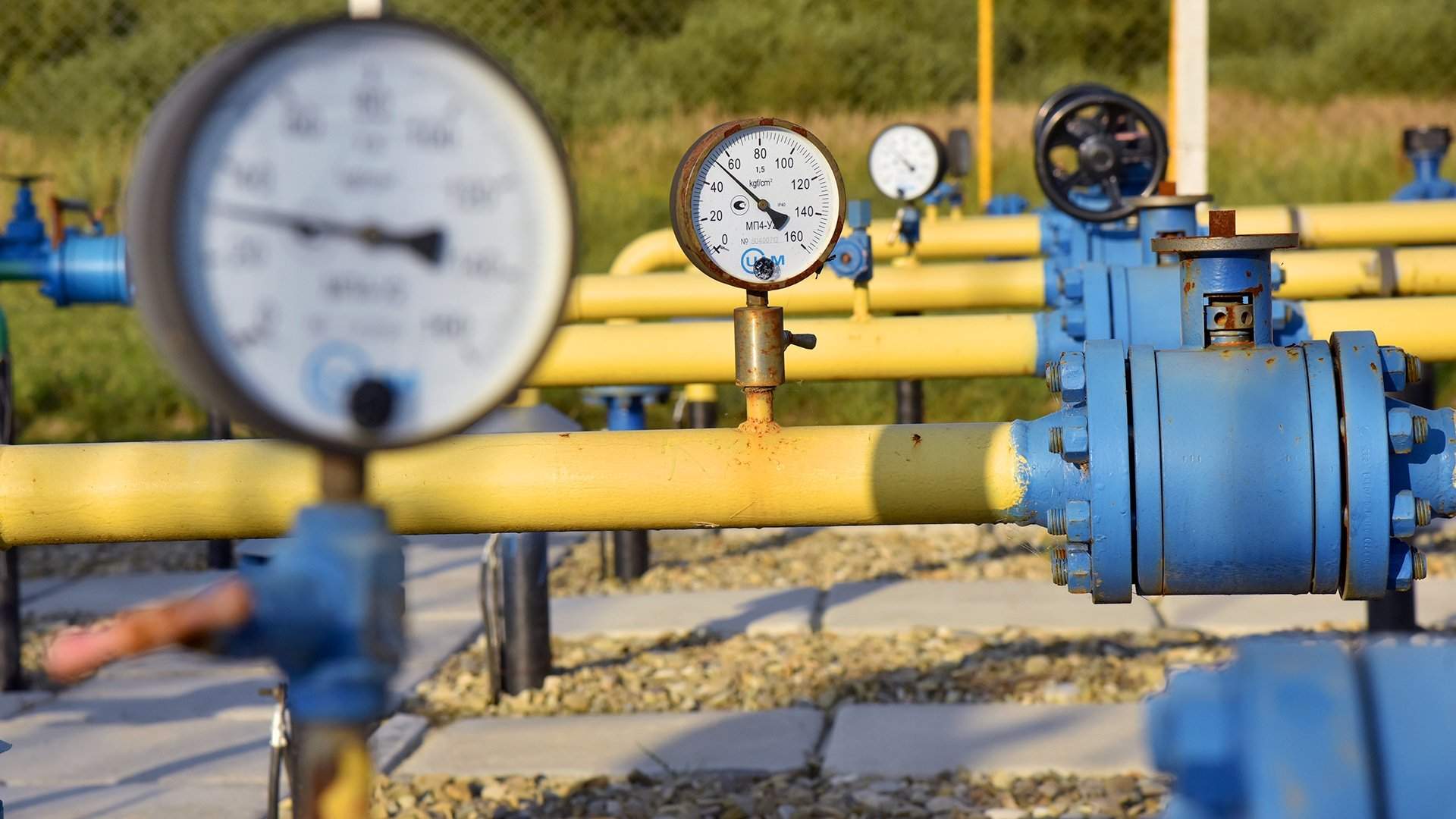
Gazprom replaced gas to Berlin with Tashkent
By Rhod Mackenzie
From 2026, the transit of Russian gas to Uzbekistan through Kazakhstan can be increased fourfold, to 11 billion cubic meters. Currently, Central Asia is the only new direction for Gazprom (MOEX: GAZP) after the collapse of supplies to Europe in the last two years. In 2023, the cost of supplies to Uzbekistan was approximately $160 per 1 thousand cubic meters, significantly lower than the sales price to Turkey or China.
According to Almasadam Satkaliev, the head of the Ministry of Energy of Kazakhstan, the transit of Russian gas through Kazakhstan to Uzbekistan is expected to increase from 3 billion cubic meters to 11 billion cubic meters per year starting in 2026.
Starting in October 2023, Gazprom has been supplying gas to Uzbekistan via the Central Asia-Center (CAC) gas pipeline system in reverse mode. The countries have agreed to export up to 3 billion cubic meters per year, which is equivalent to about 9 million cubic meters per day, over a period of two years. According to Kommersant, the cost of supplies to Uzbekistan was approximately $160 per 1 thousand cubic meters in 2023.
Gazprom shifted its focus to the countries of Central Asia following a decline in supplies to the EU, which decreased sevenfold due to the consequences of military operations in Ukraine.
The Russian authorities have announced plans to establish a gas union with Kazakhstan and Uzbekistan to supply fuel to these countries and transit to China.
According to Alexey Miller, the head of Gazprom, the company aims to enhance its presence in Kazakhstan, Uzbekistan, and Kyrgyzstan by signing new 15-year contracts, creating new routes, expanding existing gas transportation capacities, and promoting gasification. The top manager stated that the contractual basis for these contracts should be ready by mid-2024. Uzbekistan has expressed its readiness to invest up to $500 million between 2024 and 2030 to expand the gas transportation infrastructure to a capacity of 32 million cubic meters per day.
Previously, Gazprom had paid little attention to these markets due to their lower margins compared to Europe. Up until this point, the region has received minimal supplies. In 2023, the company provided approximately 7.25 billion cubic meters of gas to Kazakhstan (this gas was processed at the Orenburg GPP from the Karachaganak field), 1.22 billion cubic meters to Uzbekistan, and 0.39 billion cubic meters to Kyrgyzstan.
Uzbekistan's gas production is decreasing due to field depletion. During winter peak loads, the country experienced a shortage of up to 20 million cubic meters per day, resulting in widespread power outages and interruptions in heat and gas supply. Preliminary data shows that gas production in the country decreased by 9.6% to 46.7 billion cubic meters in 2023.
Additionally, Uzbekistan has an export contract with China for 10 billion cubic meters of gas per year, which is not being fully fulfilled.
Gazprom has not provided any comments.
The cost of supplies to Uzbekistan is considerably lower than the average sales prices to Turkey (approximately $270-280 per 1,000 cubic meters) and China ($260-270 per 1,000 cubic meters). However, Gazprom can still make a profit of $20-22 per 1,000 cubic meters at the current price, according to Sergei Kondratyev from the Institute of Energy and Finance. According to him, removing export duties on supplies to Uzbekistan and participating in gas processing projects in the country could enhance the profitability of supplies.
Mr. Kondratyev believes that due to the declining production in Uzbekistan, there is no confidence that 11 billion cubic meters will suffice for subsequent transit or swap to China. He opines that Uzbekistan will have to increase imports to 15-18 billion cubic meters to export 5-6 billion cubic meters to China by 2030. This would require not only supplies from Russia but also an increase in imports from Turkmenistan.
